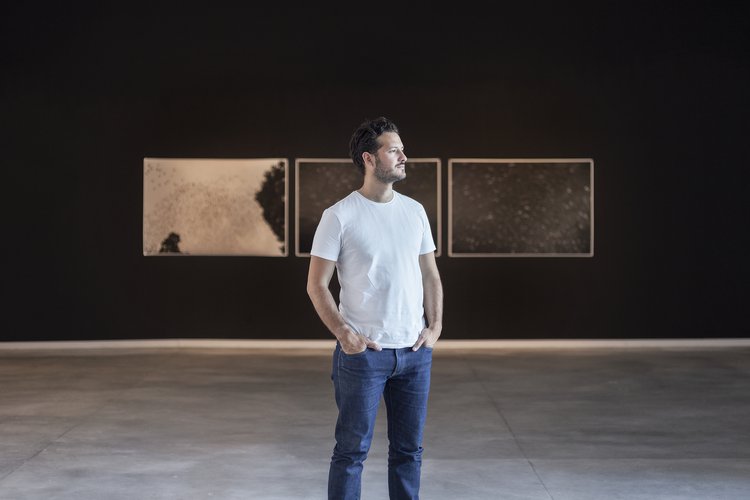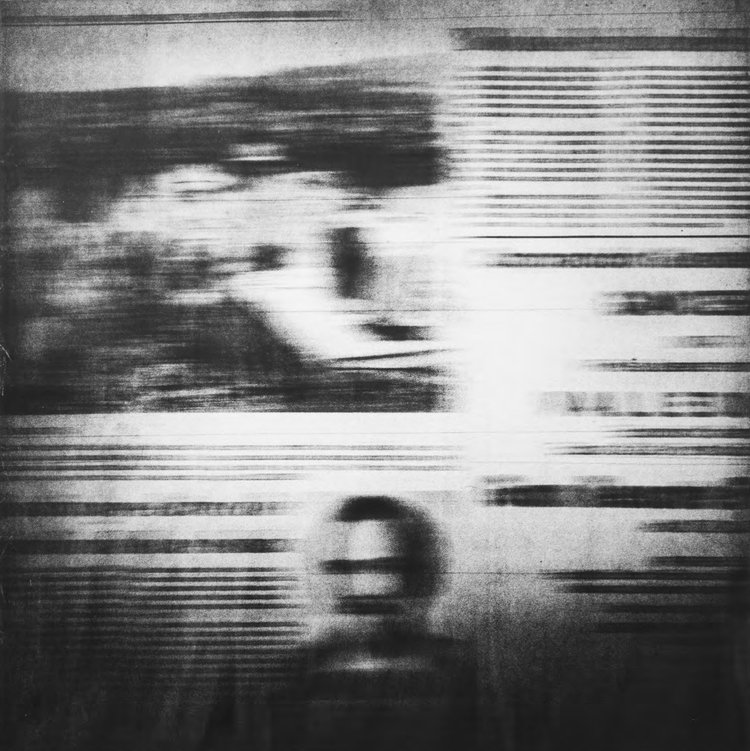
To read more about Luis Carlos and his artwork, visit his website here.
Luis Carlos is also one of the artists whom we collaborate with on the INSPIRE research project. Check out his profile on the platform here.
Consigned artworks


Grégoire Prangé writes the following about the series Frictions:
At the heart of Luis Carlos Tovar’s work on otherness lies the question of memory and its mechanisms of construction; of memorial landscapes, whether they be physical, mental, or entirely metaphorical. How they can be manipulated; how collective histories are constructed from fragments of lived experience; how their hosts, inevitably, pass on. Tovar seeks this raw material in personal histories from his home country, Colombia. Most notably, perhaps, he reckons with his own, via research on his father’s kidnapping by the FARC in 1980. Since then, his mother has collected and conserved press clippings, a personal archive — or object of proof — that acts as the trace taken up by Tovar; an archive expanded upon by further research from El Tiempo, a daily newspaper.
On a microfilm monitor, press images appear one after another — too quickly for the text to be readable, or even properly visible. These daily articles course by like a stream whose movements Tovar attempts to photograph, fix, and print on press plates — the same forms that serve to print the newspapers themselves — and which he then alters to such an extent that the information is erased; the result assembled into a circular installation. Time passes, but in a certain sense, it moves cyclically. Nothing changes, the flux is frozen; time is no longer read but rather lived as in a paralyzed tide. As we stand amongst this procession of stopped images, a low-pitched sound fills the space — a piece made in collaboration with Russell Perkins. Like a storm in passing that remains.